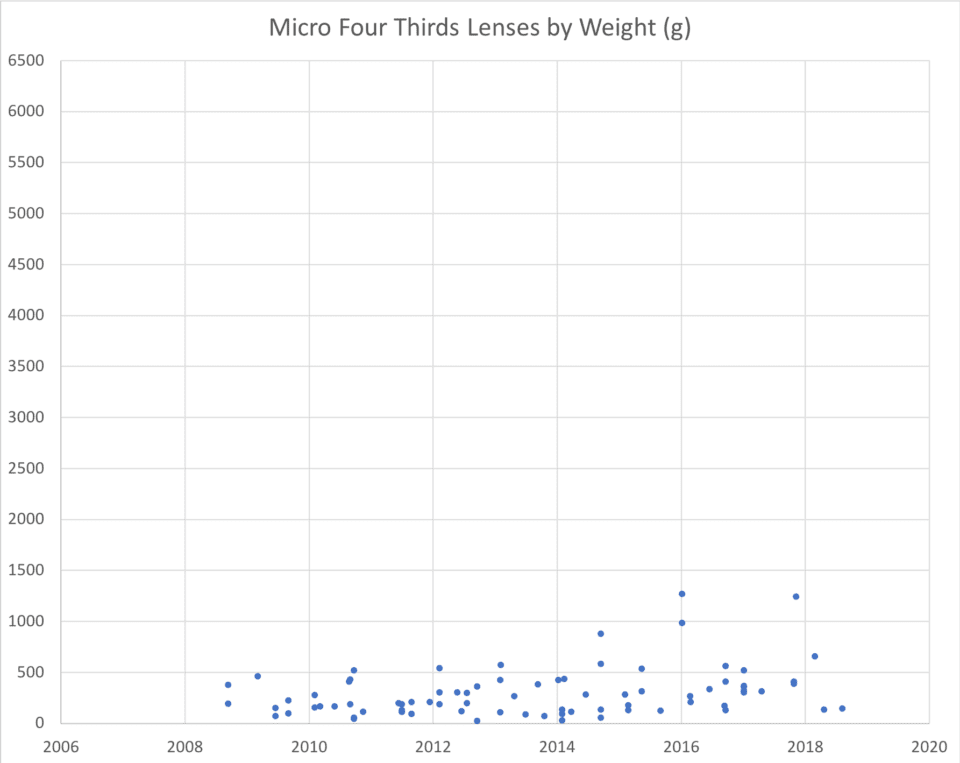

#All the four thirds system lens lenses iso#
But, overall, to me it looks very much as if at higher ISO the Canon results at least lose the small advantage they have in pixel resolution through a small disadvantage in noise. The studio scene comparison isn't methodologically perfect, either some parts of the image will show more detail for Canon, some for Olympus. Just open dpreview's studio scene comparison tool and compare, choosing RAW, some of the latest Canon APS-C cameras (EOS 80D, EOS-M5) with, say, the Olympus E-M1 II. (DXOmark, perhaps? Their ISO assessment has been methodologically flawed in more than one aspect right from the start.) Robert No idea what "ratings" you're citing whatever they are, they don't describe reality. Even though the curtain has come down on Four Thirds, you can still buy a camera that will make good use of its lenses.
#All the four thirds system lens lenses full#
The history of photography is full of defunct systems and obsolete mounts. And between Panasonic's GH5 and Olympus's E-M1 II, a lot of interesting things doing on, 18 years after the sensor size was chosen.Ĭredit should be given to Olympus for working to provide cameras (specifically the E-M1s) that were designed to continue to give good performance for those users who'd bought the highest-end Four Thirds lenses. Lessons from the Four Thirds system led directly to the creation of the world's first mirrorless system: Micro Four Thirds. Without a mirror to move out of the way, live view came into its own and a whole new class of camera was born. Micro Four Thirds persisted with the Four Thirds type sensor but by abandoning the mirror box (and the telecentric design philosophy) was able to fully deliver on the size benefits that had originally been promised. However, the most significant development to come out of Four Thirds, though, was its successor, Micro Four Thirds, the world's first mirrorless interchangeable lens camera system (indeed the system for which the term was coined). It may be out of production, but the Olympus US website says the 90-250mm F2.8 is still in stock. And was duly given short shrift by DPReview founder Phil Askey in his review. It wasn't the slickest of implementations: seemingly unsure whether live view was supposed to offer an immediate digital preview (with phase detection still available) or provide the precision of contrast detect AF and live view magnification, the E-330 offered both. For a start, it was the first interchangeable lens system to offer live view. While the Four Thirds system is no longer with us, it's worth giving credit for the innovations it played host to. The Olympus E-620 was the Four Thirds camera that, to my mind, offered the best balance of size and capability.

Unfortunately, the decision to use 4/3"-type sensors also meant that the viewfinders in most of the models were even smaller than those that still plague most low-end APS-C DSLRs. Unfortunately, the telecentric lens designs often ended up being relatively large, meaning that the system didn't end up being significantly smaller than APS-C cameras. Panasonic's first Four Thirds camera: the still beautiful DMC-L1. This not only meant a wholly new lens system, providing the focal lengths that make sense for the sensor size (at a time when most camera companies were making do with selling film lenses mounted on smaller sensors), but also adopting a policy of making telecentric designs, which project light straight onto the sensor, rather than at increasingly challenging angles, towards the edge of the sensor.

The Four Thirds system website was launched fourteen years ago tomorrow.įour Thirds was the first ILC system specifically designed for digital. Olympus developed the lens mount and communication protocols and was joined by other makers including Kodak, Fujifilm and Panasonic. In 1999, Olympus engineer Katsuhiro Takada selected the 4/3"-type sensor as being the optimal size to allow smaller cameras capable of high quality images. Built around a 5MP Kodak CCD, the E-1 arrived around two years after Olympus first announced a collaboration with Kodak. The first Four Thirds camera: the Olympus E-1. It's been six and a half years since the launch of the last Four Thirds mount camera, so it's understandable that Olympus has decided to move on, but we thought we'd look back at Four Thirds: what it meant and where it led. It probably shouldn't be a surprise but it's still a little sad to see it in print: the latest catalogue from states that production of Olympus's Zuiko Digital line of Four Thirds lenses has been discontinued.


 0 kommentar(er)
0 kommentar(er)
